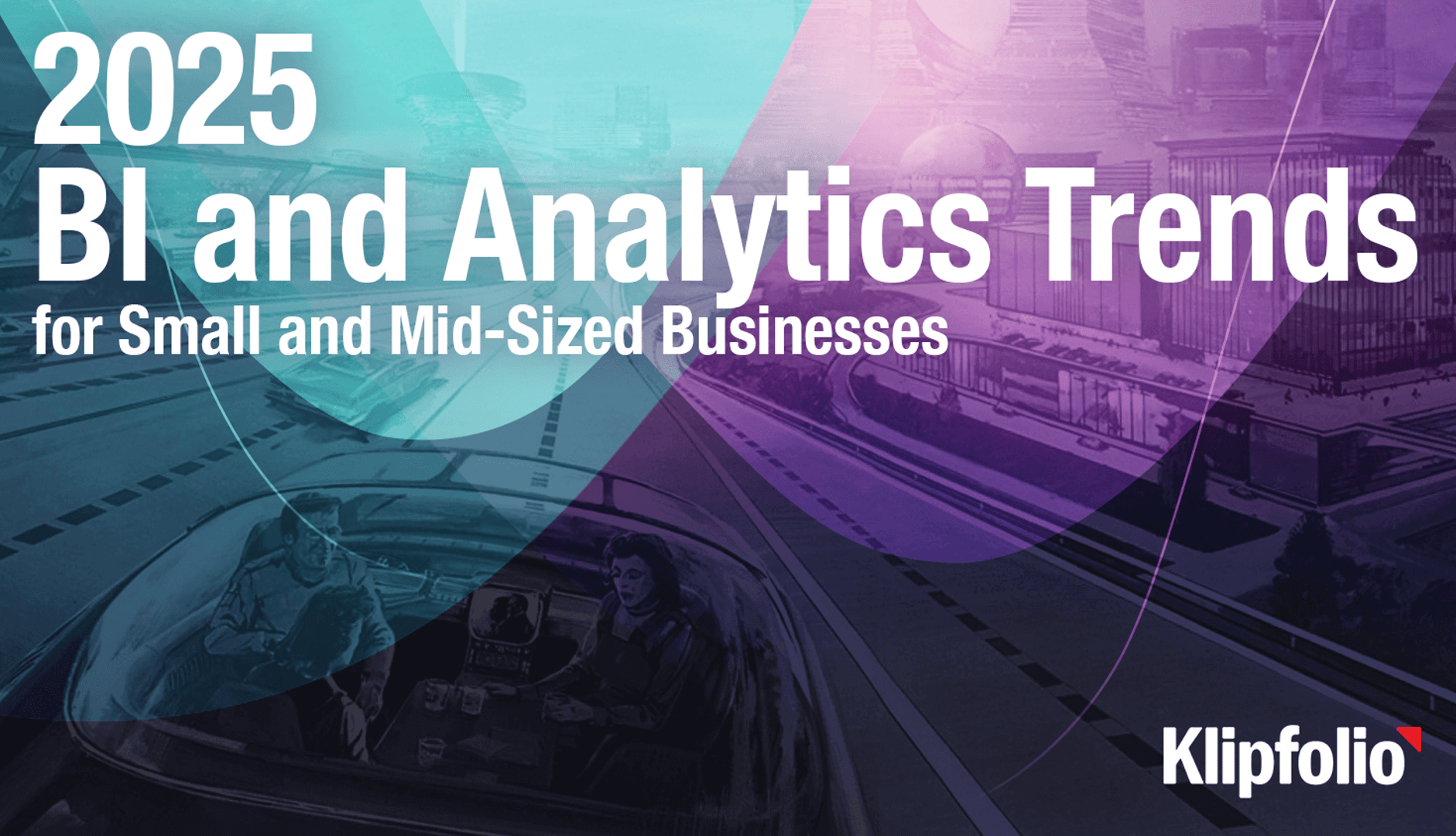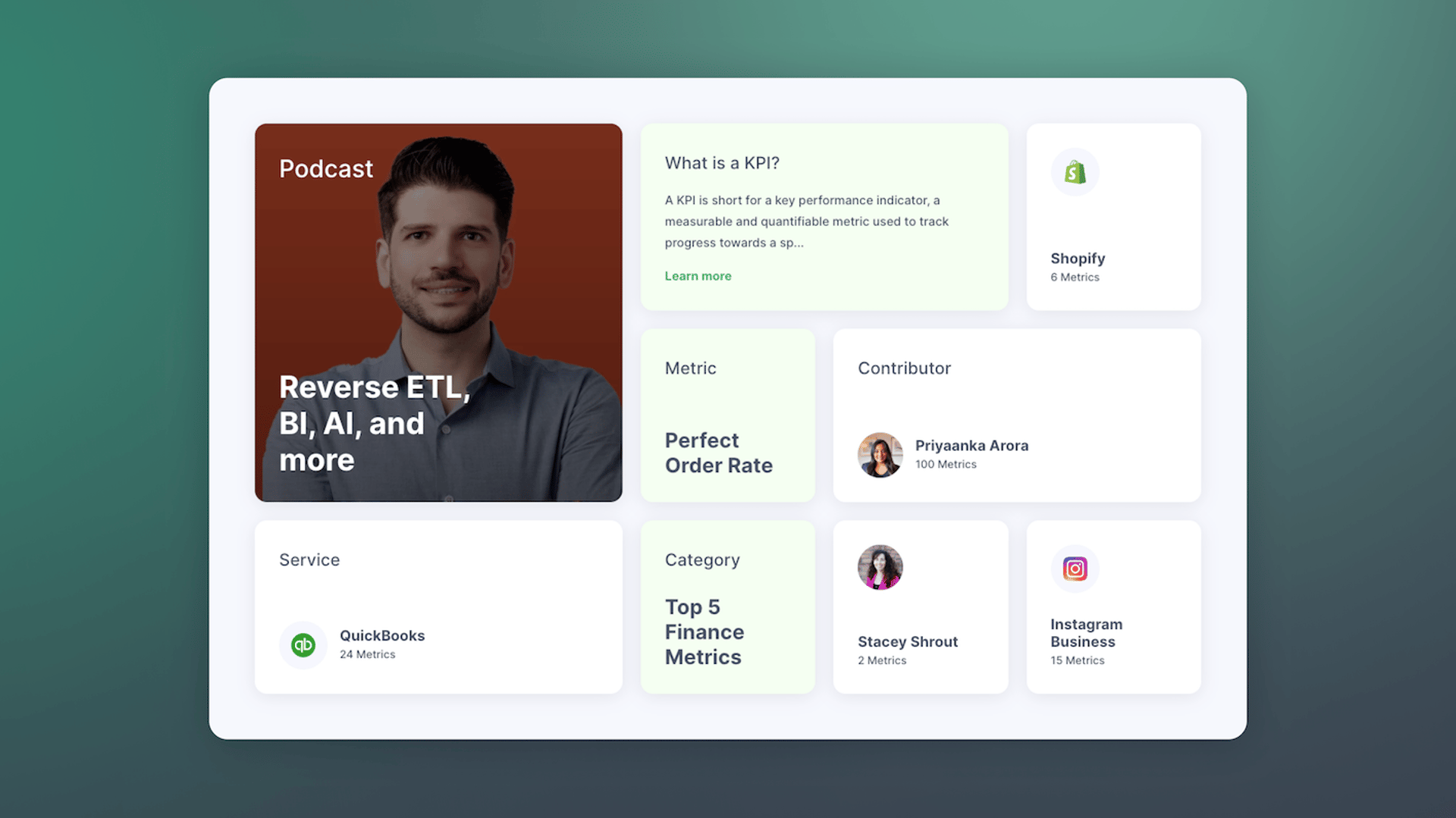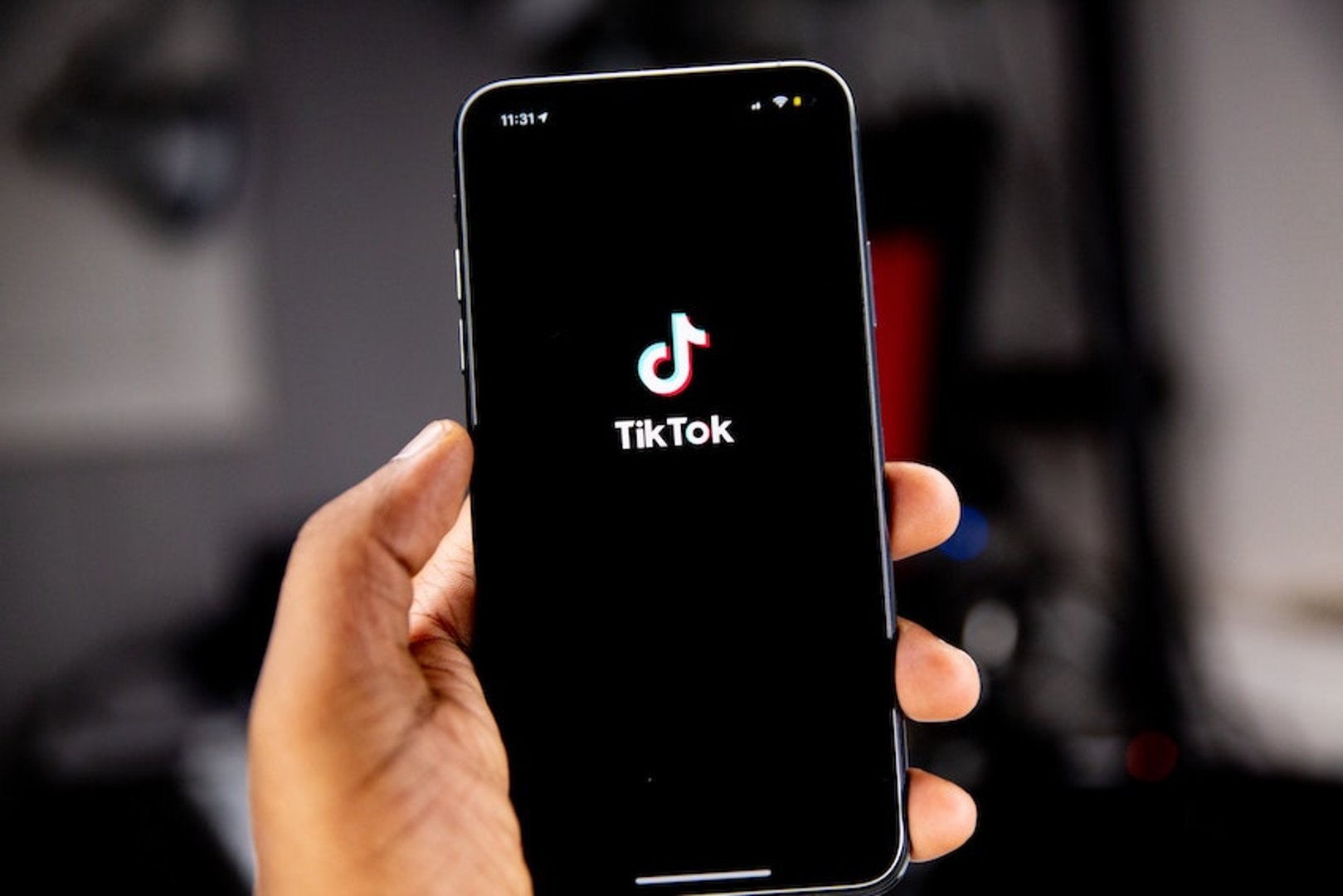Make your company’s data the source of your next blog post

Published 2023-03-21
Summary - The days of hiding your data where no one can see it are behind us. Here’s why you should be making data the centrepiece of your content.
Why your company’s data should be the centrepiece of your next blog post
We live in the age of “big data”.
So by now you probably know how it can be used to guide your overall strategy. Or, in the content marketing world, to help show you what kinds of content (i.e. video vs. text-based blog posts) your audience will engage with the most.
But it also has another (oft-overlooked) use: As the basis for individual pieces of content.
Increasingly, companies are leveraging the data they collect to yield insights that will be of interest to a wider audience.
In this post we’ll look at why – and how! – you should be using your data to write your next blog post, video or case study.
What it means to make your content “data-driven”
Once upon a time, the instinct for companies was to keep their data hidden.
Why would they want to give up data that their competitors could use against them?
The rise of data storytelling has changed that.
Now the data that your organization collects is a source of information you can lean on for your content strategy.
But making your content “data-driven” is about more than just throwing in a number here or a figure there.
Data storytelling means leveraging data insights to create new content that otherwise wouldn’t exist.
Consider these examples:
Google’s “Year in search” videos
Every year, search engine giant Google creates a video that shows the terms its users searched for most over the past year.
What emerges is a glimpse of the biggest events that dominated the public imagination.
It’s a great example of a company merging its own data with areas of wider interest.
Spotify’s “How students listen”
Picking a university is one of the toughest decisions a young person will ever have to make.
Thankfully music-streaming service Spotify’s “How students listen” can help make the job a little easier.
Spotify pulled together data from its music subscription service to offer a picture of what students at each school in the United States are listening to.
Whirlpool’s data story on students dropping out of school due to not having enough clean clothes
Every year, thousands of students in the United States drop out of school.
The (unlikely) reason?
Not having enough clean clothes.
That’s why washing machine manufacturer Whirlpool launched a program to make washers and dryers available in schools.
As part of it, Whirlpool also launched a website aimed at publicizing data and videos related to the program.
Why you should be using your data to tell stories
Data storytelling can help inject your content with new life.
Here’s how.
It can further your company’s mission
Content marketers are all about finding new ways to engage with customers.
That means looking for topics that are related to, but not directly about, the products or services your company offers.
Data storytelling can play a big part by helping to demonstrate the wider applications of your company’s mission.
Instead of throwing facts and figures at your customers to try to show them how your product operates, you’re placing your raison d’etre into a wider context.
In other words: It’s not just about the product. It’s about everything your company does to make good on its mission.
Take Google’s “Year in Search” video as an example.
The point isn’t to show you that it’s possible to use Google’s search engine to find what you’re looking for. The point is to show how technology is connecting audiences to the world around them.
It provides “exclusive” info
People will always gravitate towards content they can’t find anywhere else.
Exclusive content will help you stand out in a crowded marketplace, something that the reams and reams of cat listicles which dominate the internet can’t also claim.
And that’s the thing about your company’s data: It doesn’t belong to anyone else. Just you.
Which is what makes it such a great candidate for helping you to stand out in the crowded world of content marketing.
Take AirBNB’s #OneLessStranger campaign as an example.
The company transforms data from where its guests are staying around the world on a daily basis to create a beautiful map.
It’s something only AirBNB could create.
It can be used to tell a story
People love stories.
For whatever reason, people are more likely to engage, retain and love information when it is presented to them in a story format.
So, you may be asking, what does this have to do with data?
When it comes to storytelling, data is one of your closest allies.
It can help to illustrate points and highlight key narratives that just wouldn’t be possible without.
That’s why so many companies are now making data storytelling a central focus.
What stories work best with data
There are types of stories that deliver the most impact when data is the centrepiece.
Here are the categories they generally fall into.
Data only you possess
When attempting to make data the centrepiece of your content, ask yourself: What sorts of data sets do I have that no one else does?
That will help you provide more value to your audience.
As mentioned above, audiences gravitate towards content they can’t find elsewhere.
The trick is to think about what sorts of data you own that is most likely to give you exclusive information no one else has.
Of course, you don’t want to go giving away any state secrets or (what would be even worse) violating your customers’ privacy.
But companies of all shapes and sizes have succeeded in making data sets exclusive to their company the centrepiece of blog posts, videos and case studies without revealing anything too compromising.
And, surely, you will too!
Data that will matter to your audience
What makes your audience tick?
By now you probably know what sorts of content areas the people you’re trying to connect with gravitate towards.
The trick is to scan your data for information that is most likely to fit in this mold.
Try to think of where your company’s mission applies outside of just the products that it offers. This can help give you a sense for the data that is really going to matter to the people you are trying to reach.
Data that will grab (and hold) your audience’s attention
We’ve all been there.
Scrolling through our Twitter or Facebook feeds when suddenly we see a link that we simply have to click on.
That should be your goal when mining your data: What is going to cause people to say “I have to click on this”?
Conclusion
The days of hiding your data where no one but you can see it are over.
Using data for strategy is great, but that shouldn’t stop you from also making it a central piece of your content marketing efforts.
So the next time you’re racking your brain for ideas on a blog post, video or case study, consider what sorts of data sets might help you better connect with your audience.
Mark Brownlee is a digital marketing strategist in Ottawa, Canada.
Related Articles

What is Product-Led Growth?
By Emily Hayward — May 12th, 2025
2025 BI and Analytics Trends for Small and Mid-Sized Businesses
By Allan Wille, Co-Founder — December 18th, 2024
Promoting data literacy with metrichq.org and the power of AI
By Allan Wille, Co-Founder — October 12th, 2023

